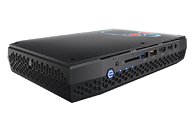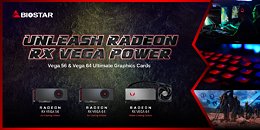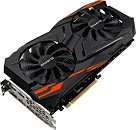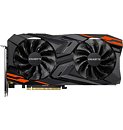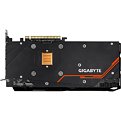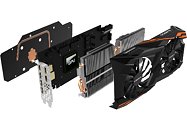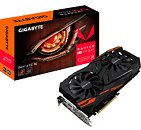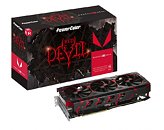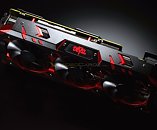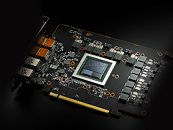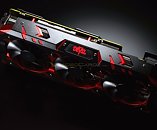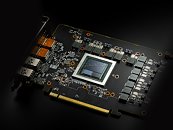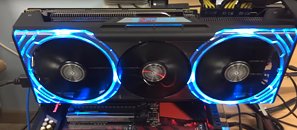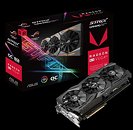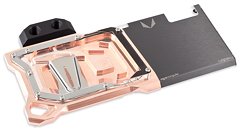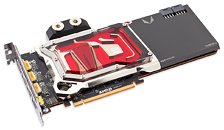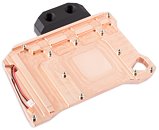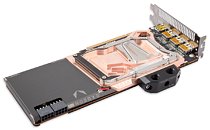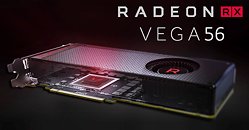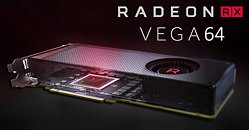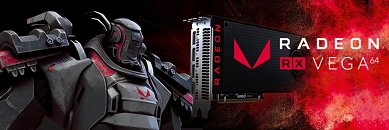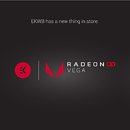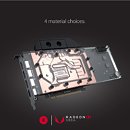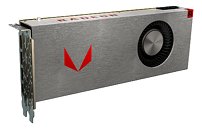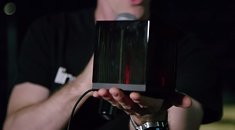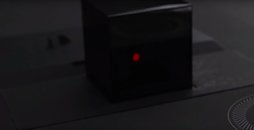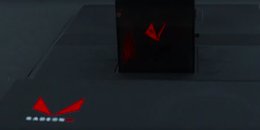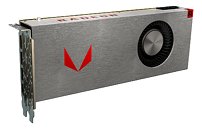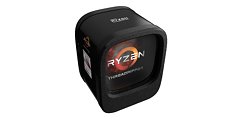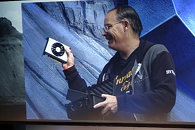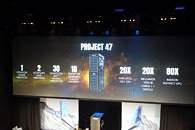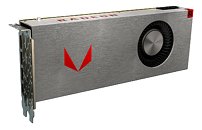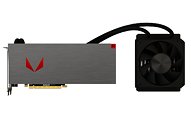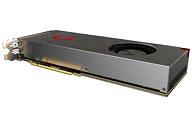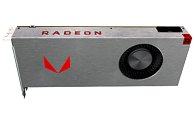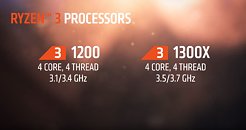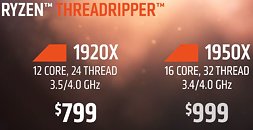
AMD Cancels Implicit Primitive Shader Driver Support
Primitive shaders are lightweight shaders that break the separation of vertex and geometry shaders, promising a performance gain in supporting games. Initially announced during the Radeon RX Vega launch, the feature has been delayed again and again. At one of its 2018 International CES interactions with the press, AMD reportedly announced that it had cancelled the implicit driver path for primitive shaders. Game developers will still be able to implement primitive shaders on AMD hardware, using a (yet to be released) explicit API path. The implicit driver path was the more interesting technology though, since it could have provided meaningful performance gains to existing games and help cut down a lot of developer effort for games in development. AMD didn't state the reasons behind the move.
To explain the delay, some people were speculating that the Primitive Shader feature was broken unfixable in hardware, which doesn't seem to be the case, now that we are hearing about upcoming API support for it, so this can also be interpreted as good news for Vega owners.
To explain the delay, some people were speculating that the Primitive Shader feature was broken unfixable in hardware, which doesn't seem to be the case, now that we are hearing about upcoming API support for it, so this can also be interpreted as good news for Vega owners.


